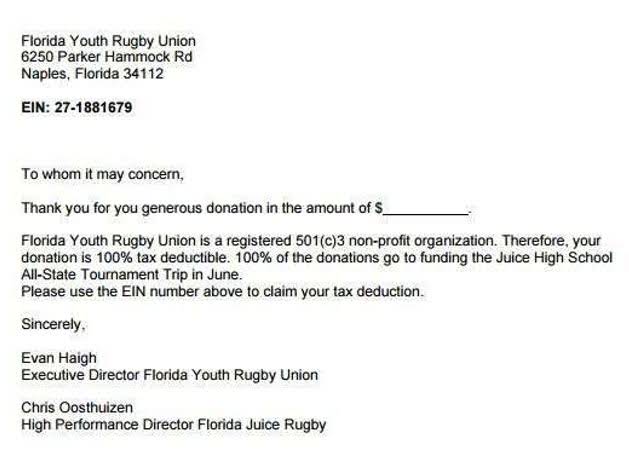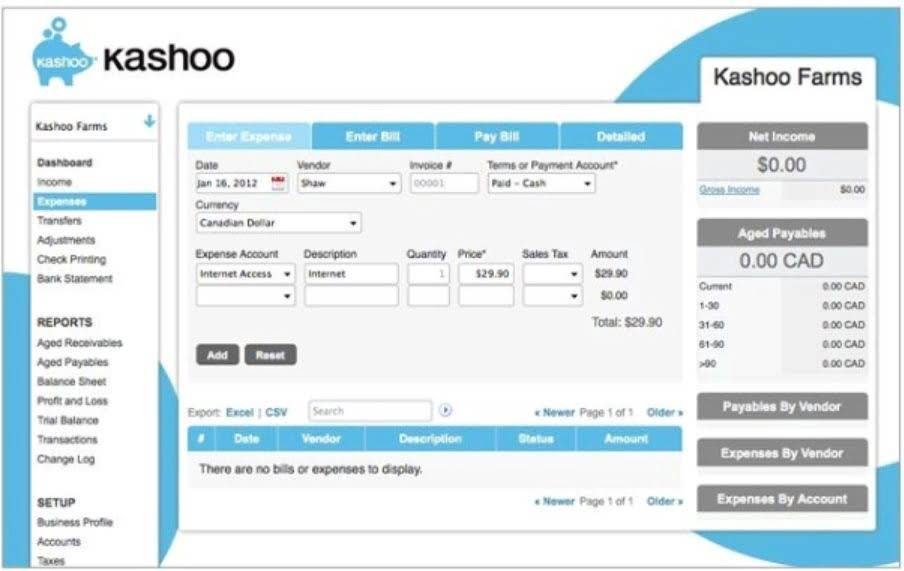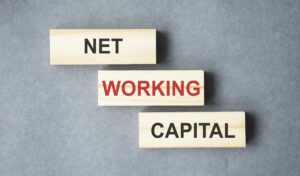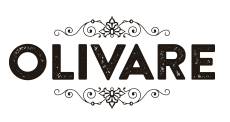
The challenge lies in managing fixed costs effectively, particularly in fluctuating market conditions. The operational implications of variable costs are tied to business scalability and profitability. With a higher production volume, a business will have higher variable costs. But if a business can control its variable costs or find ways to reduce them, it may potentially increase the profit margins.
Variable Cost Per Unit Formula
- Variable cost is paired with its opposite, fixed cost, in evaluating the total cost structure of a company.
- Your goal should be to reduce the cost of producing each item, while maintaining the same level of quality.
- By grasping the impact of variable costs, companies can make informed, strategic choices, laying the foundation for sustained growth and economic resilience.
- At its core, variable cost refers to the expenses that fluctuate in direct proportion to the level of production or the volume of goods and services rendered.
Variable cost is QuickBooks important because it directly impacts profitability and cost control in businesses. Characteristics of variable costs include their direct proportionality to production levels, their role in cost of goods sold (COGS), and their impact on a company’s profitability. Understanding these characteristics is essential for effective cost management and pricing strategies. Any business’s overall expenses are made up of both variable and fixed costs. Variable costs will climb in tandem with output and production volume.

Fixed Costs
You could also save on groceries by planning meals, taking advantage of coupons or switching from name brands to generic. This is something you can easily do with a budgeting app, however, which can minimize the odds of variable expenses sideswiping your spending plan. If you budget by paycheck or schedule automatic bill payments, having bills due at roughly the same time can help with avoiding late payments and the fees that go along with them. A company with higher variable costs can bear economic downturns more easily by reducing production. If you enable Shopify Payments, card fees stay flat and transparent, making it easier to model the fee portion of your variable costs. You pay the credit card rate, but you don’t pay a transaction fee for orders processed through Shopify Payments.
Why are variable costs important for businesses?
- This can be the number of units produced or the quantity of products or services sold.
- Understanding how to calculate and analyze variable expenses is crucial for effective financial management in both personal budgeting and business operations.
- We turn the difficult into simple, make the unknown known, and put an end to tedious tasks.
- With in-depth expense tracking, powerful reporting features, and around-the-clock support, we can support your business as it scales up and reaches new heights.
- To better highlight the difference between variable expenses and fixed overhead costs, let’s discuss four identifying characteristics of overhead costs.
Common examples of variable costs include raw materials, direct labor (if paid on an hourly basis), and utilities for the production facility. Other examples might include shipping costs, sales commissions, and packaging materials. Each of these costs varies directly with the level of production or sales volume. https://www.bookstime.com/ This refers to any expenses that fluctuate relative to the number of units the company produces, such as direct materials, direct labor, commissions, or utility costs. Fixed costs refer to expenses that do not change with production output, such as rent for your offices or salaries for permanent employees.


Now, some of these costs go up annually, like how your TV streaming service costs more after your first year (sneaky, sneaky). And some go up if you have a life change, like adding a new line to the phone bill for your teen. And with accounting software, you can accurately track and record your variable costs through our automated system.

The costs increase as the volume of activities increases and decrease as the volume of activities decreases. A business with higher variable costs relative to fixed costs is likely to have more consistent profitability. That’s because the break-even point is lower, due to lower fixed costs and higher variable costs yields lower profits per unit sold. The one variable cost you may have difficulty negotiating is direct labor costs.
- The availability and cost of raw materials or components can vary throughout the year, impacting variable expenses.
- For example, wood is a direct material for the chair company, since the final chair is made of it.
- It starts from origin because when variable cost is zero, no output is produced.
- In the business world, a solid grasp of variable expenses is essential for accurate cost analysis, pricing strategies, and overall financial planning.
- If production or services are increasing, then variable costs should also increase.
- While it can elevate levels of variable costs, the long-term benefits in increased customer goodwill, access to new markets, and potential cost savings could justify the expense.
Example 3 – Break-even Analysis

For instance, as a company produces more, it may be able to negotiate better prices for raw materials, thereby lowering the unit variable cost. The implication of high variable costs for a company is more room for fluctuation in production output while still maintaining profitability. Conversely, companies with high variable costs will yield lower marginal profits than those with high fixed costs.
Saving on fixed costs
Below are common examples to help you recognize where your money is variable cost going. Fixed costs include employee salaries, office rent, electricity bills, etc. These expenses are indispensable (irrespective of production levels). Variable expenses include raw materials, production costs, delivery costs, packaging, and labor tariffs. It is the aggregation of expenses incurred by a business, where some components are fixed costs and others are variable expenses. Usually, this is witnessed in mass production—costs are fixed to a specific production level.
